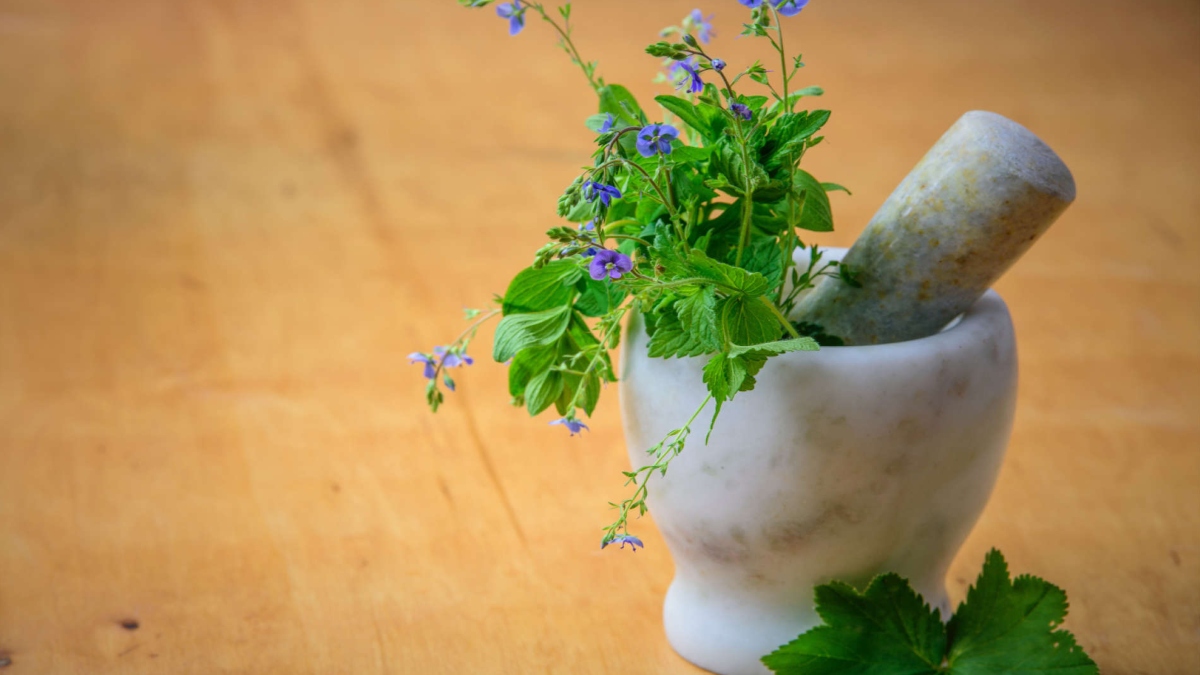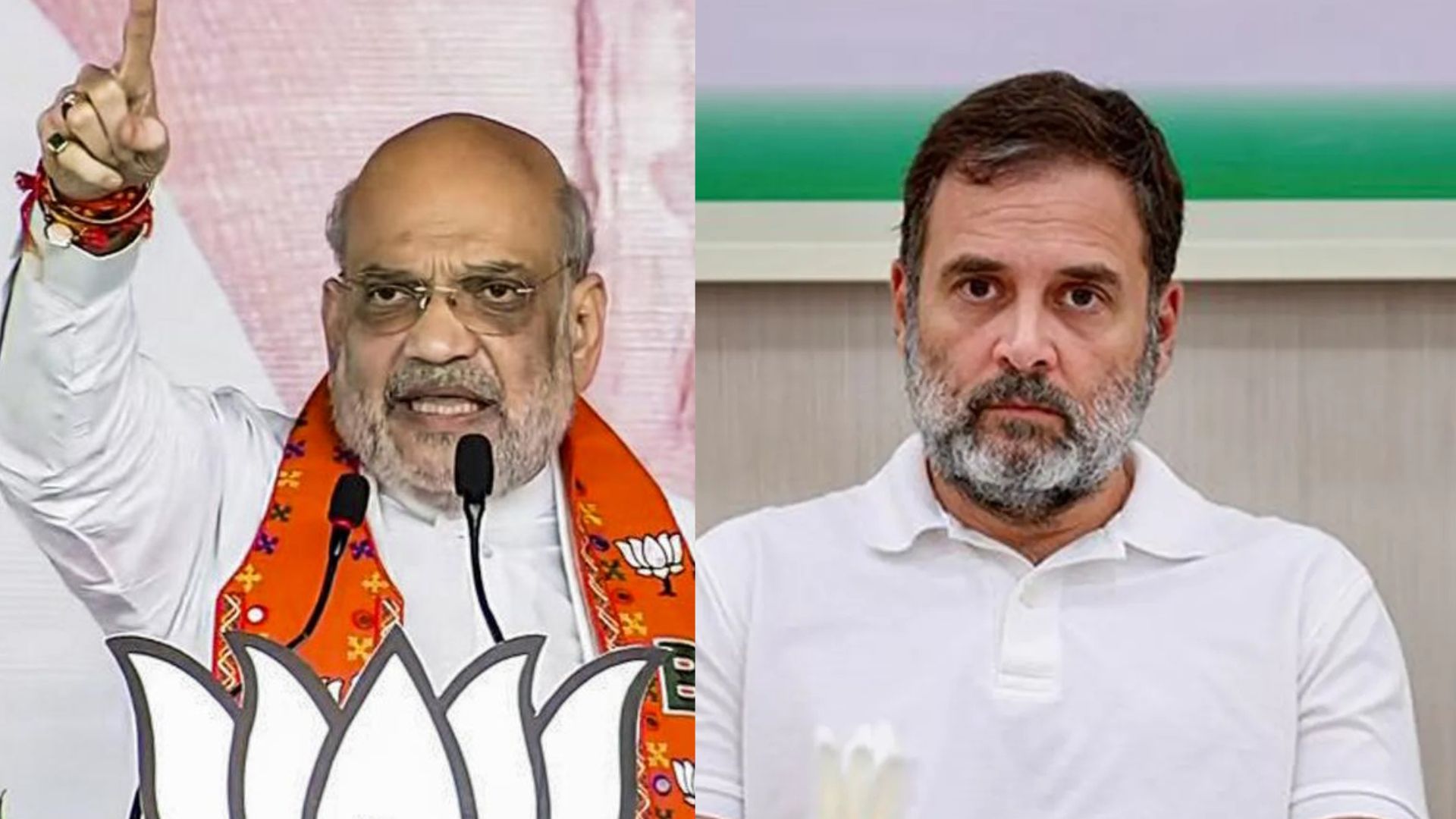
India is leading global healthcare radical transformation by reimagining critical unhindered access to everyone through an array of traditional medicines by setting up a WHO center likely to generate billions of dollars of business.
 Sarbanand Sonowal, the Minister for Ayush.
Sarbanand Sonowal, the Minister for Ayush. Ayush Minister Sonowal beleives that concerted efforts will change not only the healthcare but also alter the approach to India’s role in the world’s traditional medicine business
Ayush Minister Sonowal beleives that concerted efforts will change not only the healthcare but also alter the approach to India’s role in the world’s traditional medicine business
It generates hope for a crisis-ridden economy having over 14 percent wholesale inflation. Gujarat will not be known only for the visit of UK Prime Minister Boris Johnson’s, who is paving way for a large defence-related deal, but also for establishing a new kind of medicinal, healthcare, and yoga Ayush excellence business. The potential in the sector is immense, according to a US Global Industry Analysis on Herbal Medicines – Global Herbal Market Trajectory and Analytics. It estimates the market to grow to $ 430.05 billion by 2028 at a CAGR of 11.32 percent.
Healthcare may be different by 2030 as the World Health Organsiation and India to usher in a change for a people-centric system of traditional medicines or the grandma’s prescription. It may revolutionise the pharmaceutical industry and the way the world uses medicines. It can make India an international competitor with a surge in its medicinal exports and healing concept. The hope has come as the country leads this initiative with Prime Minister Narendra Modi and WHO director-general Tedros Adhanon Ghebreyesus inaugurating the $ 250 million WHO-funded Global Centre for Traditional Medicine inauguration at Jamnagar, Gujarat.
They give it a further push with the simultaneous first Global Ayush Investment and Innovation Summit 2022 in Gandhinagar, Gujarat. It witnessed letters of intent (LoIs) worth more than Rs 9000 crore in major categories like FMCG, medical value travel (Heal in India), pharma, technology and diagnostic, and farmers and agriculture. Five significant MoUs were signed with Argentina, Brazil, Mexico, Canada, and the Philippines for research and new academia, and one with the Ministry of Defence for promoting Ayush in cantonments.
Modi presented Rosemary Odinga, daughter of former Kenyan prime minister Raola Odinga, for regaining her vision lost in 2017 as the grand success of ayurveda, which has created a $ 18 billion export market during the last few years. The new Ayush visa introduced for Heal in India will create a concept of wellness that encompasses healing through not only just medicine. It gives a holistic approach of different foods and yogic practices to heal the body and mind as appropriate food prepares one for preventive care through a healthy lifestyle.
As healthy plant-based ‘meat’ products are to replace the animal products for a healthy lifestyle, the expansion of the sector can only be imagined now says WHO D-G adding, “India will go to the world and the entire world will come to India.”
Start-ups, entrepreneurs, unicorns, industry, and integrative medicine will increase investment for innovations in Ayush. This success can create 5.5 lakh jobs, Minister for Ayush Sarbanand Sonowal estimates, and help farmers barge into novel high-earning propositions.
It is a WHO concern that found that the traditionally used herbal plants or leaves like that of Giloi, Tulsi, haldi-turmeric, dalchini-cardamom or honey could counter the severity of the pandemic in a number of places. The WHO during the pandemic observed that the usage of various kinds of herbs met the global shortage of synthetic medicines. The occurrence of such consumer preferences was seen more in the Asian region. Herbal tea, coriander, turmeric, cumin, and garlic were extensively used to counter 100 to 700 percent of the rise in medicine demands. The WHO observes that the alternative medicine people used created a curative system beyond their imagination.
“For many millions of people around the world, traditional medicine is the first port of call to treat many diseases,” says Dr Ghebreyesus, WHO Director-General. “Ensuring all people have access to safe and effective treatment is an essential part of WHO’s mission, and this new center will help to harness the power of science to strengthen the evidence base for traditional medicine. We look forward to making it a success.”
The world is now rediscovering the importance of India’s traditional medicinal systems in Ayurveda, Siddha, Unani, Sowarigpa, Homoeopathy, and yoga. The effort is to making this relevant, even fashionable use today. In the process, it is even gaining the confidence to project and export these around the world. As the GCTM is supposed to coordinate world activities in such medicines and therapy it may promote studies in Latin America, Africa, elsewhere in Asia, and rest of the world. This facility is intended to be a global repository of traditional healthcare knowledge.
Ayush Minister Sonowal says that this will change not only the healthcare but also alter the approach to India’s role in the world’s traditional medicine business. Between 2019 and 20 exports surged 45 percent. The market for medical plants in India stood at Rs. 4.2 billion ($ 56.6 million) in 2019 and is expected to increase at a CAGR 38.5 percent to Rs. 14 billion (US$ 188.6 million) by 2030. The export value of ayurvedic and herbal products amounted to about $ 539 million from India in 2021. The total world herbal trade is currently assessed at $ 120 billion. Overall Ayush exports have reached $ 18 billion from $ 3 billion before 2014. The cultivation of medicinal herbs such as shankhapushpi, atis, kuth, kutki, kapikachhu and karanja are changing the Indian agrarian ayurvedic scenes and would empower the farmers with high incomes.
There is a huge gap between the supply and demand of medicinal plants to manufacture Ayurvedic medicines in India. According to the ‘All India Trade Survey of Prioritised Medicinal Plants, 2019’, demand for high-value medicinal plants increased by 50 percent, while the availability declined by 26 percent. This led to increased habitat degradation and levels of over-exploitation by pharmaceutical industries. The road developments and destruction of flora and fauna in the Himalayas and remote areas also decreasing the availability of 65 species (10 percent of the total) falling into the critically endangered, vulnerable, and nearly threatened categories. The GCTM would study the ways to improve it; train farmers adopt technology and a possible new development protocol.
The concerted effort is paving way for the growth of the sector and creates a sense for wellness of health and the Indian economy.















